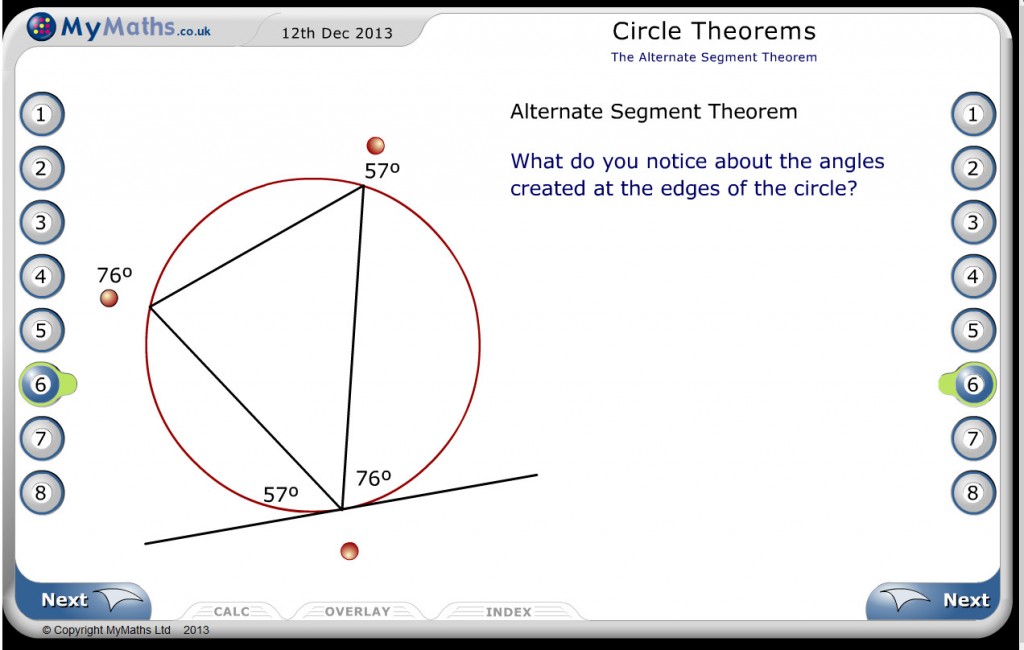Eleventh grade Lesson Graphing Polynomials - End Behavior.
Stand Up and Practice End Behavior. In order to solidify understanding of end behavior and give the students a chance to move around, we take 10 minutes to complete Stretch Break - Polynomial End Behavior.The end behavior of a polynomial function is the behavior of the graph of f (x) as x approaches positive infinity or negative infinity. The degree and the leading coefficient of a polynomial function determine the end behavior of the graph.Identify polynomial functions. Identify the degree and leading coefficient of polynomial functions. Describe the end behavior of a polynomial function. An oil pipeline bursts in the Gulf of Mexico causing an oil slick in a roughly circular shape. The slick is currently 24 miles in radius, but that radius is increasing by 8 miles each week.
END BEHAVIOR FOR POLYNOMIAL FUNCTIONS CONCEPT SUMMARY In the activity you may have discovered that the end behavior of a polynomial function’s graph is determined by the function’s degree and leading coefficient. 6.2 Evaluating and Graphing Polynomial Functions 331 STUDENT HELP Look Back For help with graphing functions, see pp. 69 and 250.View Notes - 27.0 Graphing Polynomial Functions.doc from MATH AMGT 450 at Franklin University. Homework- Graphing Polynomial Functions 1) 2) 3) 4) 5) Determine end.

Section 7.2 Graphing Polynomial Functions. In Section 7.1, we considered applications of polynomial functions.Although most applications use only a portion of the graph of a particular polynomial, we can learn a lot about these functions by taking a more global view of their behavior.











